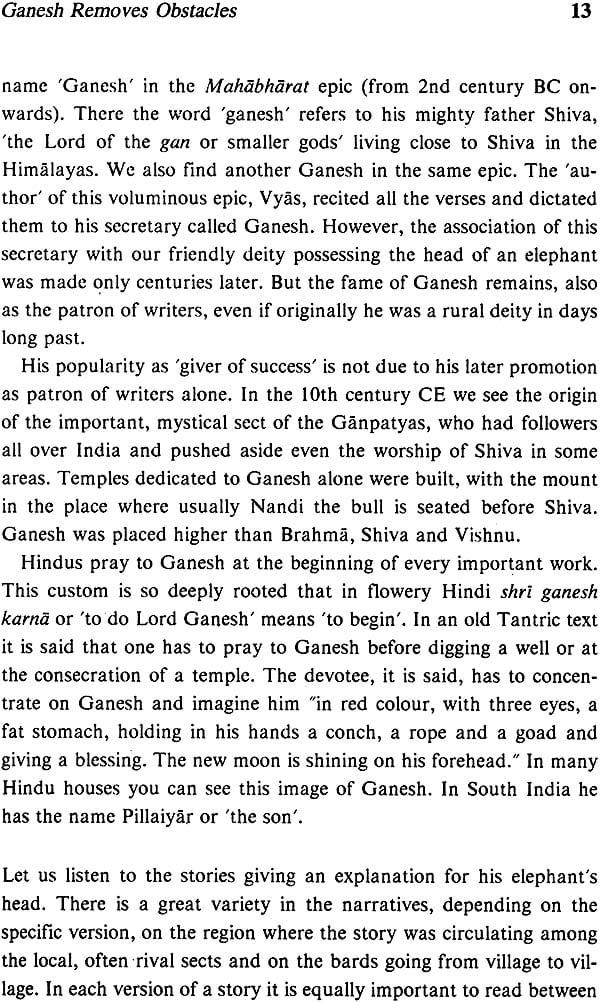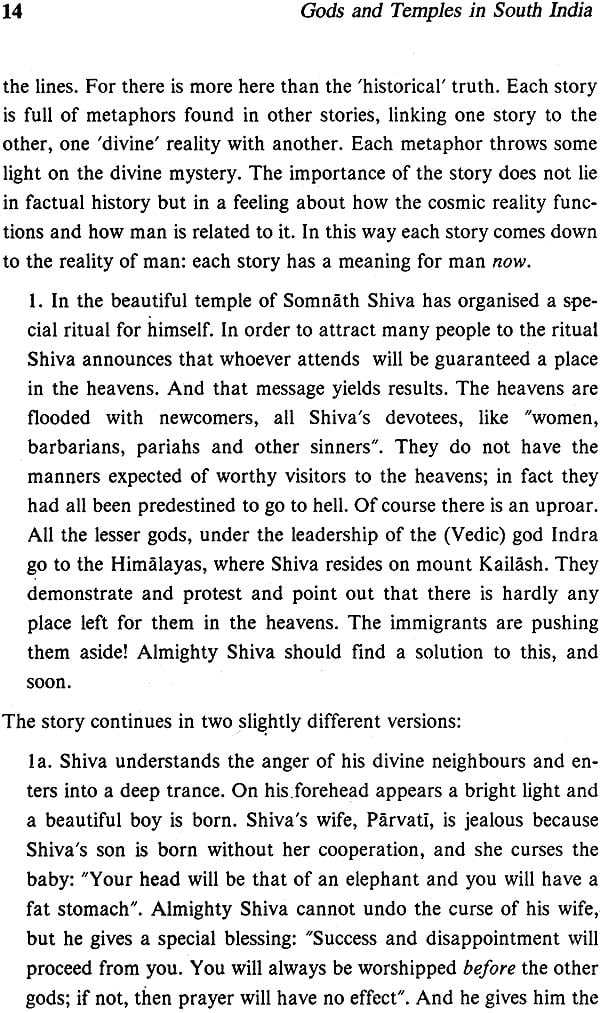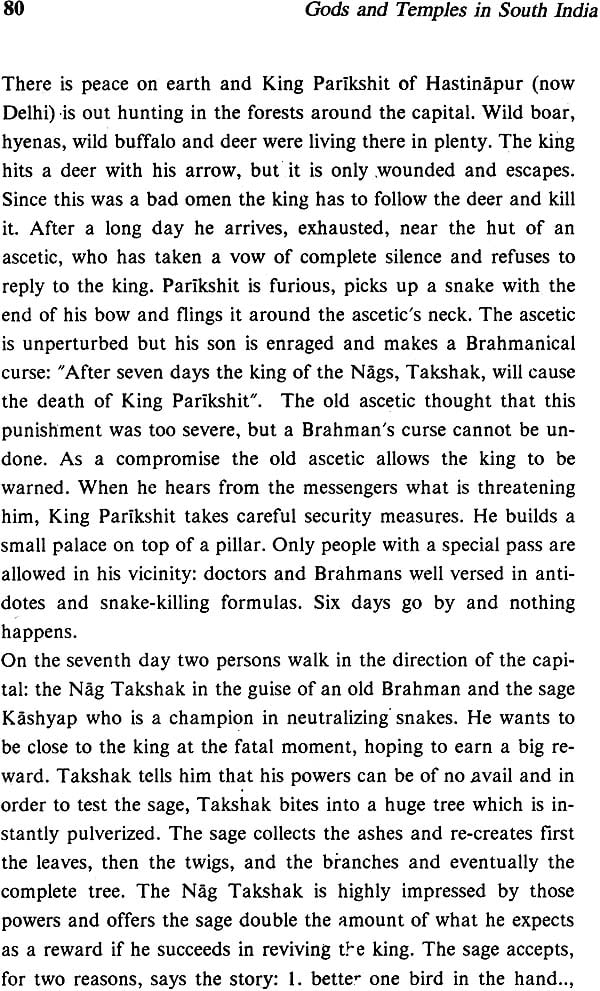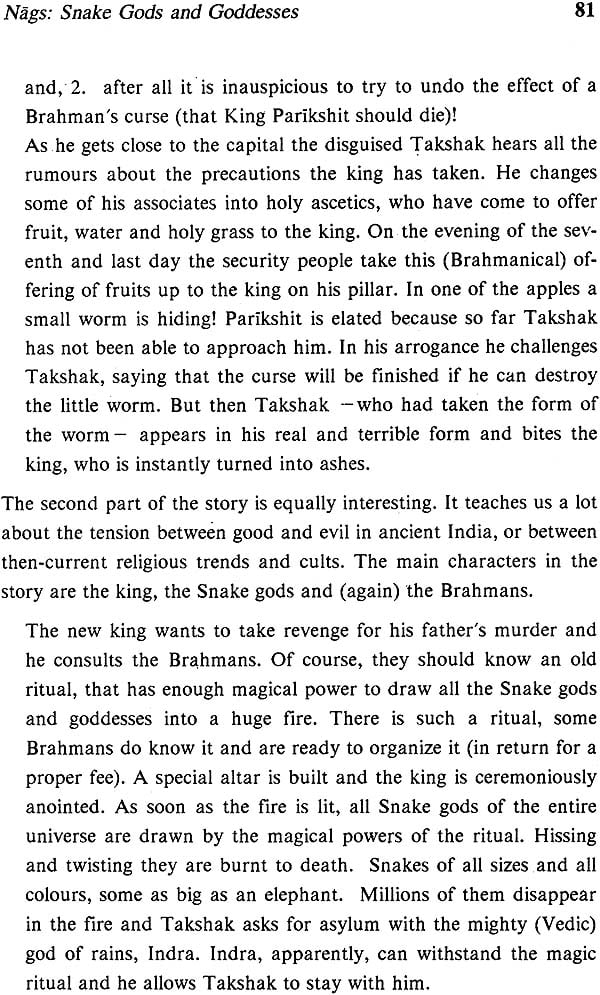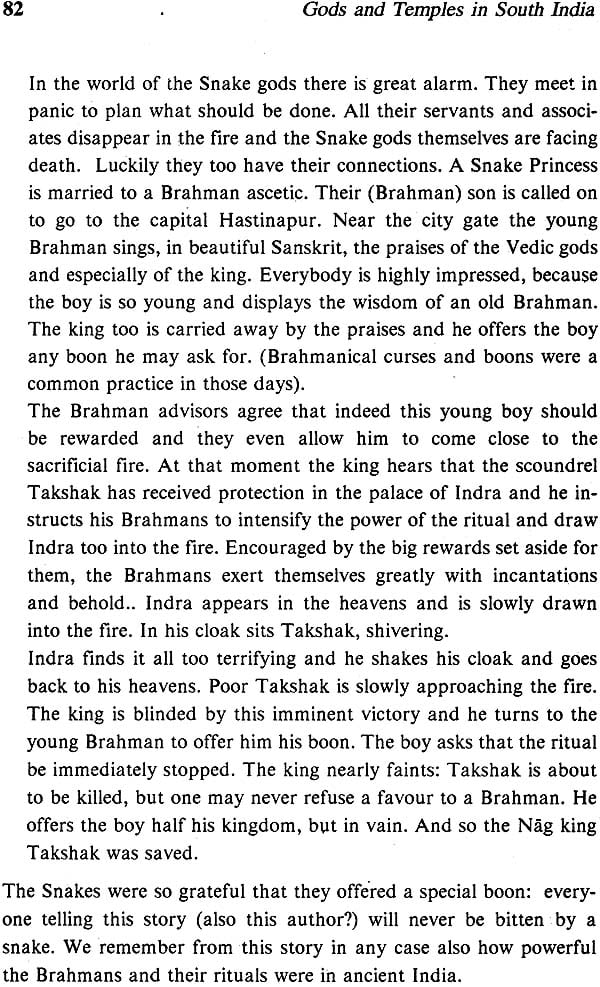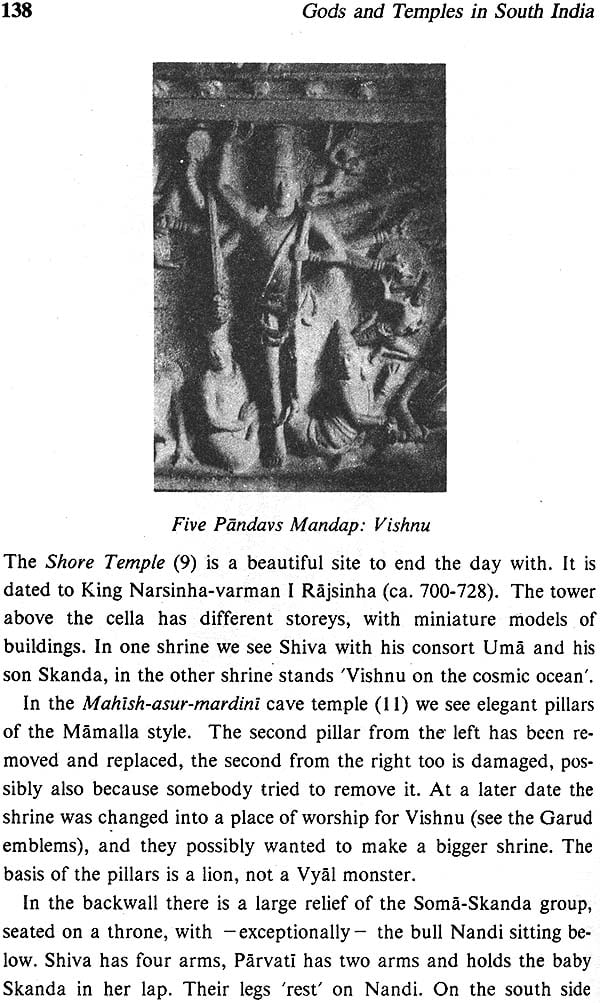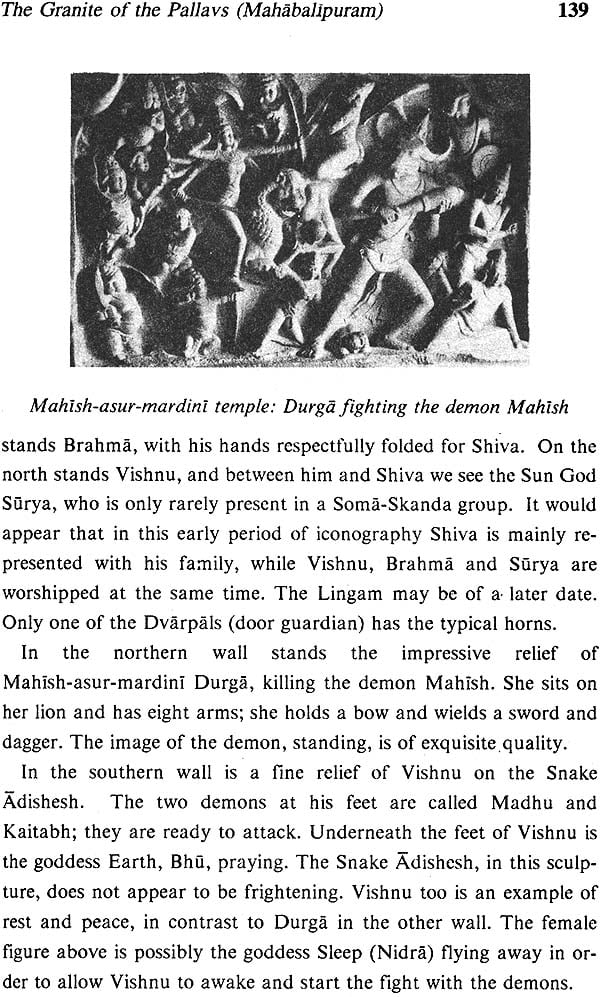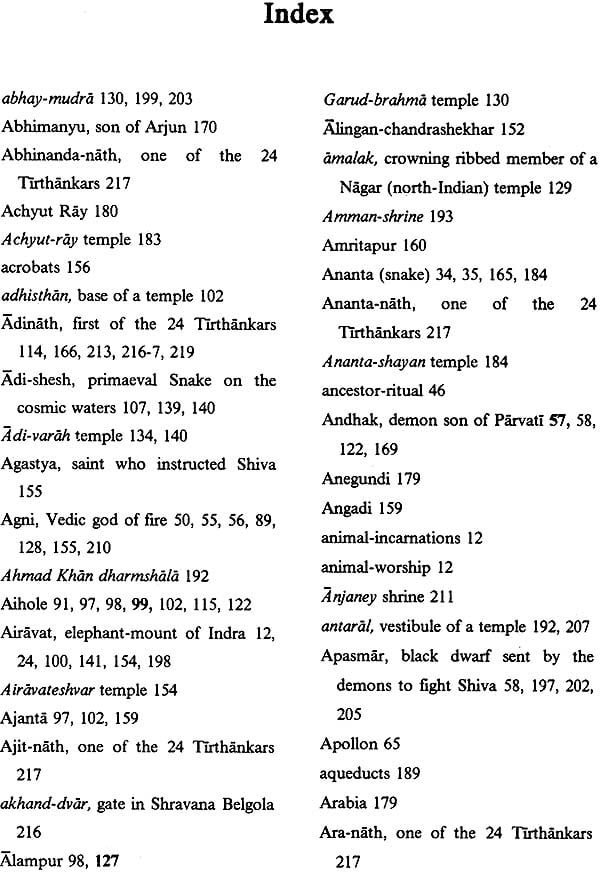
Gods and Temples in South India
Book Specification
| Item Code: | NAN012 |
| Author: | Winand M. Callewaert |
| Publisher: | Manohar Publishers and Distributors |
| Language: | English |
| Edition: | 2005 |
| ISBN: | 9788173046568 |
| Pages: | 247 (71 B/W Illustrations) |
| Cover: | Paperback |
| Other Details | 8.5 inch x 5.5 inch |
| Weight | 320 gm |
Book Description
Millions of foreign and Indian tourists and pilgirms visit the thousands of shrines that testify to India’s great cultural and religious heritage. For many of them the local priest or their own childhood reading of the Indrajal comics are the only aids to understand and interiorize the message of the ‘stones’. For them and for others this book has been written as an introduction to the mythological and religious background of the gods worshipped in temples and carved in beautiful statues. It also gives a detailed description of the numerous episodes depicted on the walls and inside the shrines.
A journey through south India is definitely an aesthetic experience. It becomes a religious experience if the visitor can enter into the mind of the sculptors and devotees who gave the best of their lives to construct and decorate the temples. Their effort were inspired mainly by devotion, even if some of them belonged to travelling guilds who were responsible for the great similarity in the immense variety of sculpture. With this in mind, the visitor knows he walks on sarcred ground, centuries old, when he enters a temples or climbs the Shravana Belgola hill to have darshan of Shree Gomateshvara.
At the same time she or he may like to know why Ganeshji has the head of an elephant or why Snake- gods are so abundantly present on the walls of temples, along with erotic scenes and images of Shiva in so many different forms. And what stories of the mythological past are told to explain why Shiva is also worshipped in the form of a Lingam? Finally, God in ancient India was not only worshipped as a man, but also as a woman. All that ‘appears’ if one looks attentively at the living stones.
A fascinating reading for all those interested in the history of and cultural tourism in India.
Winand M. Callewaert Ph. D. D.Lit(1943-) is Research Director of Indian Studies at the Department of Oriental Studies, Leuven, Belguim.
With the collaboration of many scholars and devotees in Indian he has made an outstanding collection of the oldest available manuscripts of Sant literature on microfilm. His publications include Nirgun Bhakti Sagar: Devotional Hindi Literature with Bart Op de Beeck, The life and Works of Raidas with P. Friedlander, The Sarvagi of Gopaldas: A 17th Century Anthology of Bhakti Literature. The Millennium kabir Vani: A Collection of Pad-s, and Devotional Literature in South Asia, ed. with Dieter Taillieu.
A journey to South India is much more rewarding if one can enter into the world of the gods through the lines and forms of the images in the temples. But it is difficult to understand what an impact these sculptures must have had and still have on the devotee visiting the temple, if one does not know which episode in the life of a god or a goddess is depicted.
I n chapters 1-6 (Part I) I retell these stories and the reader may refer to these for more details when the name of a particular episode or deity is given in the description of the temples (Part II). The technical chapters 7-11 in the second part are mainly meant for the visitor standing in awe before the magnificent friezes and sculptures in the temples. If she or he can identify the sculpture, thousands of years of ritual and devotion will come to life.
The matter in this book is only meant as an introduction but requires much attention while reading. In order to make the reading less difficult I give in the Index brief information with each main entry, along with the page references. I print in bold the page-reference where more information about a particular deity or story is given. And to ensure that proper names be given the right accent, I mark the long vowels with a line on top.
I gratefully acknowledge my great debt to Richard Barz, Canberra who carefully went through the text to polish my English.
| Introductory Note | 3 | |
| Map of India | 4 | |
| Contents | 5 | |
| The Hindu Pantheon | 7 | |
| 1 | Ganesh Removes Obstacles | 11 |
| 2 | Vishnu 'Descends' to Earth | 25 |
| 3 | Shiva the Great Lord | 43 |
| 4 | God as Women | 61 |
| 5 | Nagas: Snake Gods and Goddesses | 77 |
| 6 | Erotic Temple Sculptures | 87 |
| 7 | The Chalukyas: Stone- cutters and Builder (Badami) | 97 |
| 8 | The Granite of the Pallavs (Mahabalipuram) | 131 |
| 9 | The Cholas: Rich Enterpreneurs (Thanjavur) | 149 |
| 10 | The Moonstone of the Hoysalas (Belur, Halebid) | 159 |
| 11 | Vijaynagar: 'City of Victory' at Hampi | 175 |
| 12 | Pilgrimage to Shravana Belgola | 213 |
| Select Bibliography | 221 | |
| Index | 225 |


